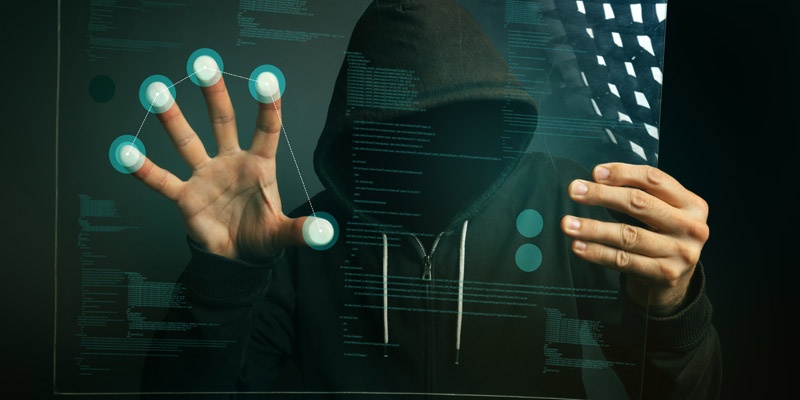
Biometric authentication technology has been around for quite some time now. From fingerprint and retina scanners to iris and facial recognition, it is used in social media, smartphones, ATMs, border control, employee access control, and more. While many applaud its accuracy and the level of security it guarantees in the area of access control, is there a downside to biometrics?
The benefits are clear. No one has the same eyes or fingerprints as you. Your physical features are the most unique form of ID you carry, and using this form of authentication is becoming more trusted as the technology improves. So what types are available, and what are the pros and cons of each?
Fingerprint Scanning
The pros: It is unequivocally the most widely used form of biometric technology, with physical identity being incredibly difficult to fake. You also can't leave your fingerprint at home, misplace it, or forget it like a password.
The cons: Don't get a paper cut on your scanning finger! Significant cuts will throw this scanner off. And while difficult to fake, it is still possible through molds of fingerprints. To give this method maximum accuracy, combining the fingerprint scan with a pass code and/or key card will offer additional layers of protection.
Iris Recognition
The pros: It's almost 100% accurate, and like fingerprint scanning, incredibly convenient and even more difficult to fake since it does not require contact with the scanning device like a fingerprint. Scanning the unique colors and patterns of your iris, it stores this data for authentication in a tamper-proof device. It also minimizes the need for an additional layer of security.
The cons: The technology is highly accurate, but can be thrown off by things like contact lenses, tears, eyelashes, and dark eyes. It is advancing quickly, but isn't 100% fail proof yet. It can also be faked if the scanning device is one that isn't tamper-proof. Scientists have been able to recreate irises stored on one scanner, and successfully trick the scanner into gained access.
Retinal Scan
The pros: Not to be confused with iris recognition, a retinal scan uses infrared light to scan the blood vessel patterns in the eye and record them to video. Its failure rate is near zero, fooling the system is almost impossible, and it takes up limited storage space.
The cons: It is the most expensive option currently on the market.
Facial Recognition
The pros: It is typically the fastest form of identification, often within a split second, and requires no contact with the device. Like the others, it is nearly fraud-proof, with little or no need for key cards or pass codes. Unlike faking a fingerprint or iris, the multiple contact points scanned across a face are the hardest to fake, with even slight changes triggering a denial in access.
The cons: Growing facial hair, weight gain/loss, or significant changes in appearance can often reject a user, even if you are not an unauthorized intruder. Nothing a re-scan can't fix, but it is a hassle when necessary. This technology is best when paired with the highest quality camera possible to guarantee accuracy.
While biometrics may be the wave of the future in access control, carefully weigh your options, consider the individuals who may be using it, and consider what is most effective for your business. With biometrics being slightly slower than key cards and passwords, it is still undeniable that their accuracy and nearly tamper-proof technology may trump this. If your organization decides to switch to biometric screening, rest assured you are protecting your business and proprietary data with the best technology available.
